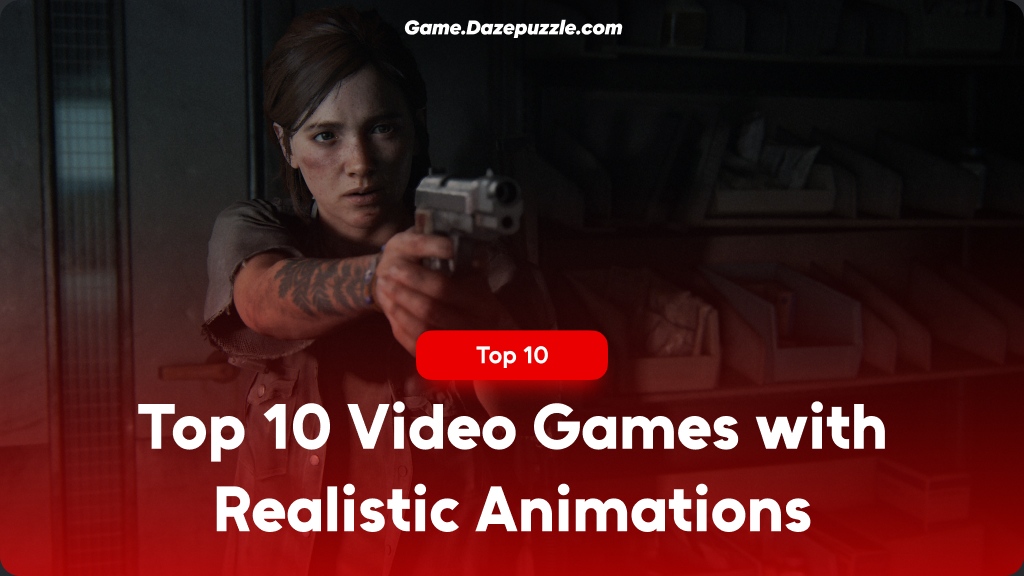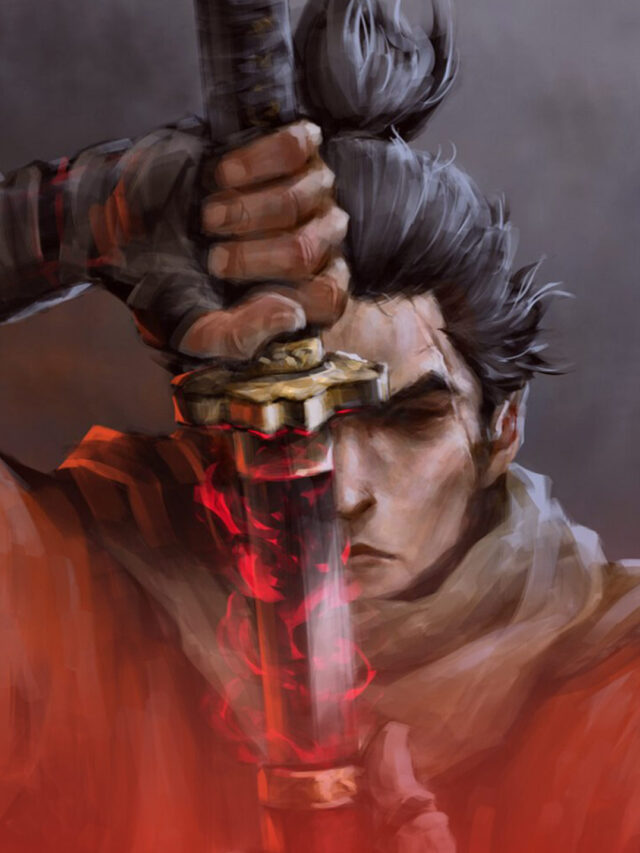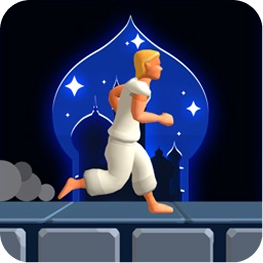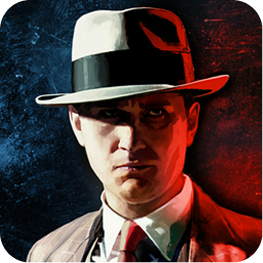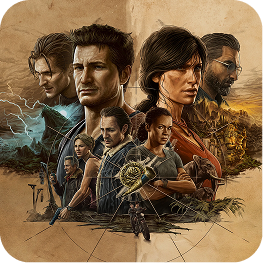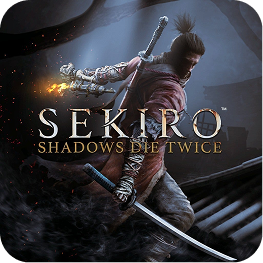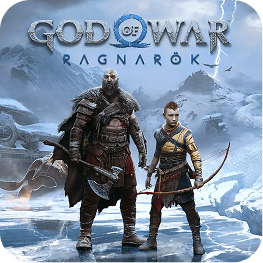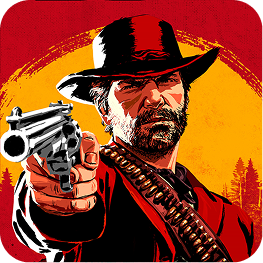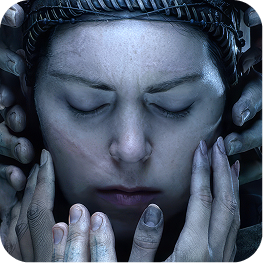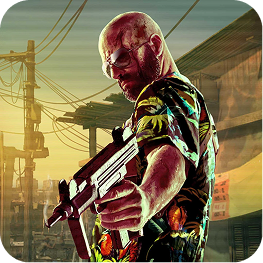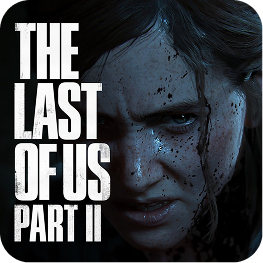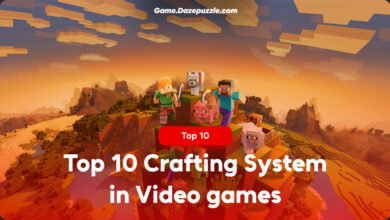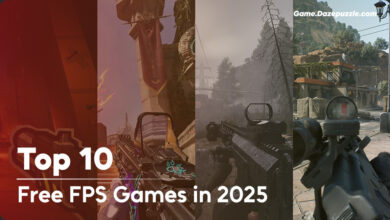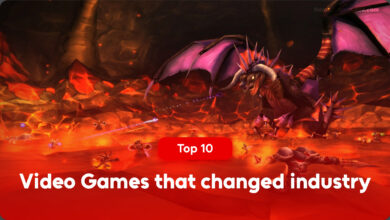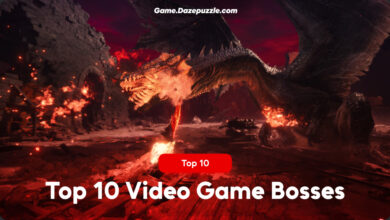Video game animations have come a long way since the pixelated days of the ’80s. From stiff, blocky movements to fluid, lifelike performances that rival Hollywood films, the evolution of animation tech has been wild. Developers now use cutting-edge motion capture, physics-based systems, and AI-driven techniques to make characters move like real people, or at least as close as we can get in a digital world.
This list dives into the top 10 games that have pushed the boundaries of realistic animations, making you feel like you’re watching living, breathing characters. From the retro charm of 1989’s Prince of Persia to the jaw-dropping detail of The Last of Us Part II, these games show how far animation has come. Let’s jump in.
10. Prince of Persia (1989)
A Pixelated Pioneer
Back in 1989, Prince of Persia was a revelation. Created by Jordan Mechner, this game didn’t just rely on the clunky sprites of its time, it introduced rotoscoped animations that gave the Prince’s movements an almost eerie realism for a 2D platformer. Mechner filmed his brother performing jumps, climbs, and sword fights, then traced those movements frame by frame to create the game’s fluid motion. For players used to the jerky animations of Mario or Mega Man, seeing the Prince leap over traps or duel enemies with lifelike grace was mind-blowing.
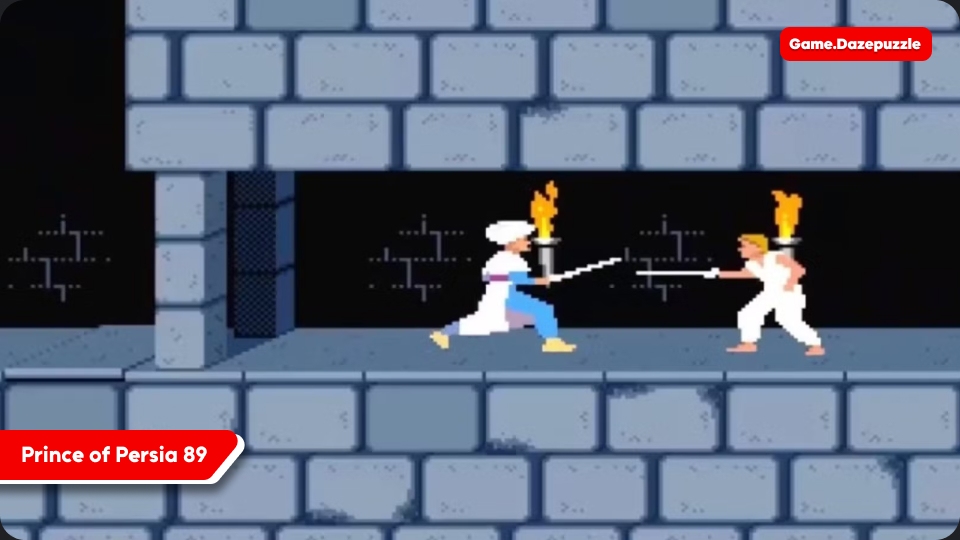
The game’s animations weren’t just a technical flex; they set the tone for the Prince’s acrobatic swagger, making every move feel deliberate and weighty. Sure, by today’s standards, the pixelated visuals are dated, but the way the Prince’s body language conveyed personality, like the cautious step before a jump or the subtle stagger after a hit, was groundbreaking. It’s no wonder Prince of Persia influenced countless games, from Assassin’s Creed to modern indies. For its time, it was a masterclass in making 2D feel alive.
9. L.A. Noire
Faces That Tell Stories
When L.A. Noire dropped in 2011, it wasn’t just another detective game, it was a showcase for facial animation that made jaws drop. Rockstar and Team Bondi used MotionScan technology to capture actors’ performances down to the tiniest twitch of a lip or flicker of an eye. Playing as Cole Phelps, you’re not just solving crimes in 1940s Los Angeles; you’re reading suspects’ faces for lies, guilt, or fear. The tech gave characters an uncanny realism, with wrinkles, smirks, and nervous glances that felt ripped from a noir film.
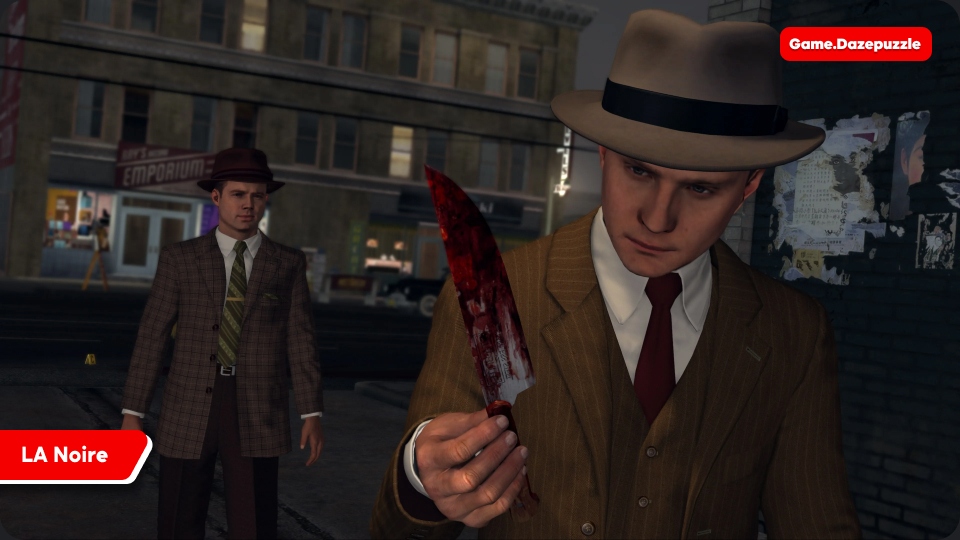
What made L.A. Noire stand out was how the animations drove the gameplay. Interrogations hinged on spotting subtle cues, like a suspect’s shifty eyes or a hesitant pause, making the facial detail more than just eye candy. It wasn’t perfect; the body animations could feel stiff compared to the faces, and some players found the uncanny valley effect a bit jarring. Still, the way characters’ expressions carried emotional weight, from a grieving widow’s tears to a crook’s smug grin, set a new bar for storytelling through animation.
8. Uncharted 4: A Thief’s End
Swashbuckling with Style
Naughty Dog’s Uncharted 4: A Thief’s End (2016) is a masterclass in blending cinematic storytelling with gameplay that feels alive. Nathan Drake’s animations are so polished you’d swear he’s a real adventurer. Whether he’s scaling a cliff, diving for cover, or bantering with Sully, every move is packed with personality. The game’s motion capture, paired with Naughty Dog’s proprietary tech, makes Drake’s actions feel fluid and responsive, from the way he stumbles during a sprint to the subtle hand gestures during quiet moments.
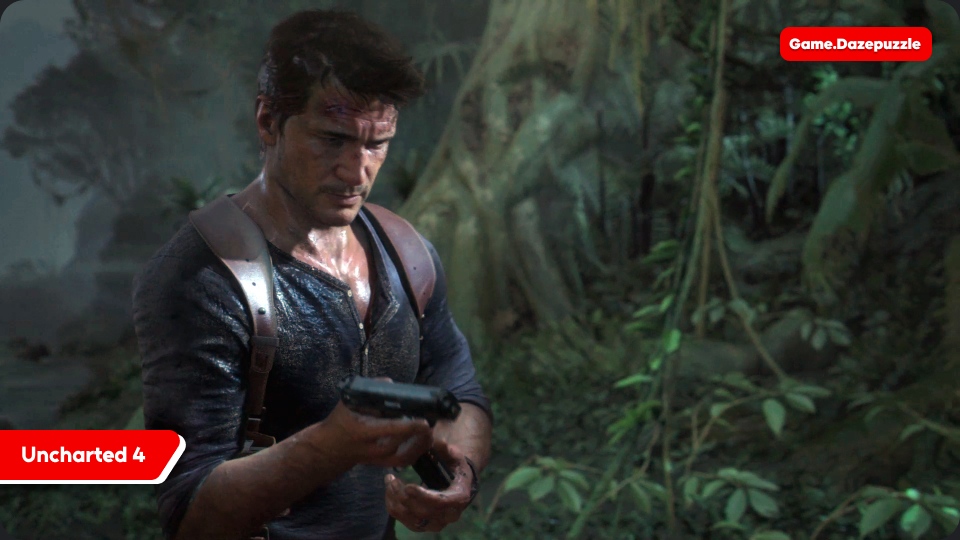
The environments play a big role, too. Drake’s body reacts dynamically to the world, mud clings to his clothes, his hands grip uneven surfaces, and his jumps have a weighty realism that makes every leap feel risky. The facial animations are just as impressive, with Drake’s smirks, winces, and worried glances selling the stakes of his treasure-hunting life. It’s not just about looking good; the animations make you feel like you’re in Drake’s boots, whether he’s dodging bullets or sharing a heartfelt moment with Elena. Uncharted 4 proves that realistic animations can elevate both action and emotion.
7. Sekiro: Shadows Die Twice
Precision in Every Strike
FromSoftware’s Sekiro: Shadows Die Twice (2019) takes a different approach to realism. It’s not about photorealistic faces but about animations that feel razor-sharp and grounded in the brutal world of Sengoku-era Japan. The Wolf’s movements, whether he’s parrying a blade, stealthily crouching, or unleashing a flurry of strikes, are meticulously crafted to reflect the precision of a shinobi. Every swing of the katana has weight, and the way enemies stagger or collapse under your attacks feels viscerally real.
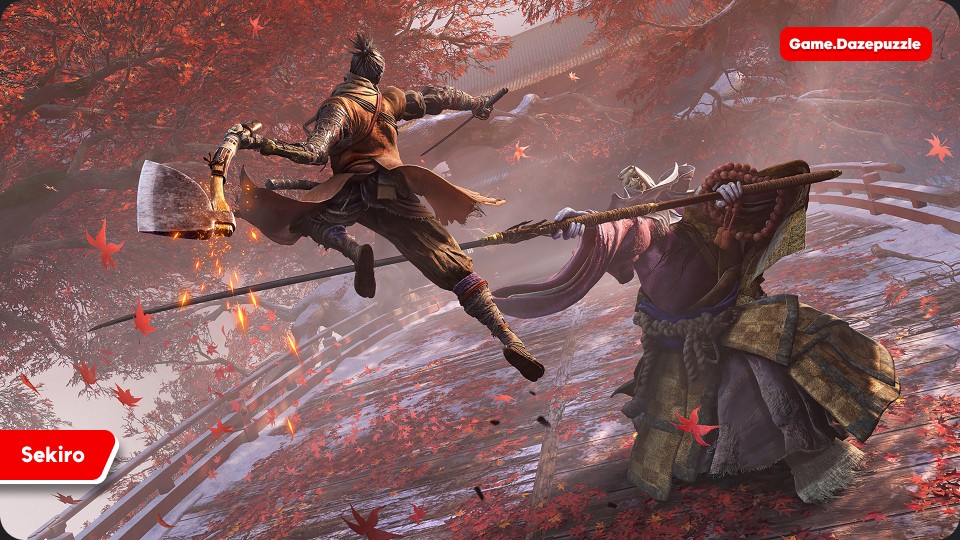
The game’s animation system ties directly into its punishing combat. Parries, dodges, and counters are animated with such clarity that you can read an enemy’s intent in their wind-up or follow-through. The Wolf’s subtle shifts in posture, like the slight lean before a dodge or the tense grip on his sword, make every fight feel like a deadly dance. Even the environments get in on the action, grass sways as you sneak through it, and blood splatters realistically on the ground. Sekiro’s animations aren’t just pretty; they’re a language that teaches you how to survive its unforgiving world.
6. God of War Ragnarök
A God’s Grace and Grit
God of War Ragnarök (2022) takes Kratos’ journey to new heights with animations that make every axe swing and step through Midgard feel epic. Santa Monica Studio built on the 2018 reboot’s foundation, using advanced motion capture to give Kratos and Atreus a staggering level of detail. Kratos’ movements are heavy and deliberate, reflecting his godlike strength, watch him heft the Leviathan Axe or slam a draugr into the ground, and you can feel the impact. Atreus, meanwhile, moves with youthful agility, his animations full of quick, scrappy energy.
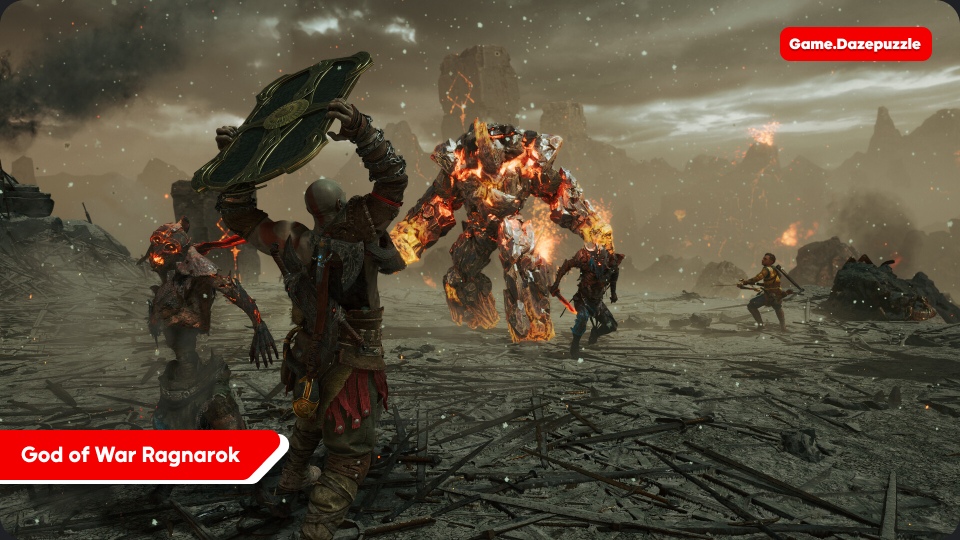
The facial animations steal the show in quieter moments. Kratos’ weathered face conveys a mix of stoic pain and fatherly warmth, while Atreus’ expressions shift from cocky to uncertain as he grows into his role. The game’s seamless camera work amplifies the realism, letting you see every nuanced movement without cuts. Even small details, like the way Kratos’ armor shifts as he moves or how snow clings to his beard, ground the fantasy in a tangible world. Ragnarök’s animations make you believe in gods and monsters while keeping the heart of the story human.
5. Horizon Forbidden West
A World That Breathes
Horizon Forbidden West (2022) is a visual feast, and its animations are a huge part of why Aloy’s world feels so alive. Guerrilla Games leaned hard into motion capture and procedural animation to make every character, creature, and environment move with stunning realism. Aloy’s movements are fluid and context-sensitive, whether she’s climbing a rocky cliff, sliding down a slope, or drawing her bow, her animations adapt to the terrain and situation. You can see her muscles tense as she pulls back an arrow or her hair sway as she sprints.

The robotic creatures, from Thunderjaws to Slitherfangs, are animated with a mix of mechanical precision and animalistic behavior, making them feel both alien and familiar. Human characters, too, shine in cutscenes, with facial animations that capture subtle emotions, think Aloy’s determined glare or a tribe leader’s weary sigh. The game’s attention to environmental interactions, like plants bending underfoot or water rippling as Aloy swims, adds to the immersive realism. Horizon Forbidden West proves that animations can make a sci-fi world feel as real as your own backyard.
You might also like this: Top 10 Video Games with Amazing Voice Acting
4. Grand Theft Auto V and Red Dead Redemption 2
Rockstar’s Living Worlds
Rockstar Games deserves a double nod here for Grand Theft Auto V (2013) and Red Dead Redemption 2 (2018), two titles that redefine open-world animation. Both games use Rockstar’s RAGE engine to create worlds where every character, from protagonists to random NPCs, moves with uncanny realism. In GTA V, Michael, Trevor, and Franklin each have distinct gaits and mannerisms, Michael’s confident stride, Trevor’s unhinged swagger, and Franklin’s laid-back hustle. The animations extend to the world itself: cars skid realistically, crowds react dynamically, and even animals move with lifelike grace.
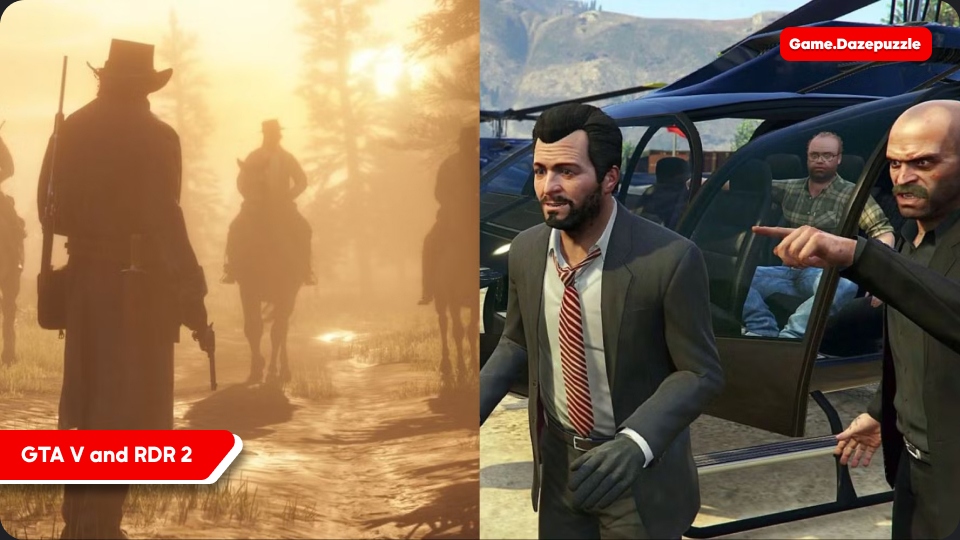
Red Dead Redemption 2 takes it further. Arthur Morgan’s animations are a masterclass in detail, watch him adjust his hat, reload a revolver, or slump in exhaustion after a fight. The game’s ecosystem feels alive, with horses reacting to terrain, wolves stalking prey, and NPCs going about their lives with unique routines. Facial animations in both games convey raw emotion, from Arthur’s haunted stare to Trevor’s manic grin. Rockstar’s commitment to systemic animations, where every action has a reaction, makes these worlds feel less like games and more like living, breathing places.
3. Senua’s Saga: Hellblade II
A Descent into Emotion
Senua’s Saga: Hellblade II (2024) is a haunting showcase of animation that blurs the line between game and cinematic art. Ninja Theory used state-of-the-art motion capture to bring Senua’s journey through Viking Iceland to life, with every step, swing, and glance dripping with realism. Senua’s movements are raw and grounded, her cautious steps through a storm-battered village or her desperate lunges in combat reflect her physical and mental struggles. The animations are so precise you can see her hands tremble or her breath catch as she faces her demons.
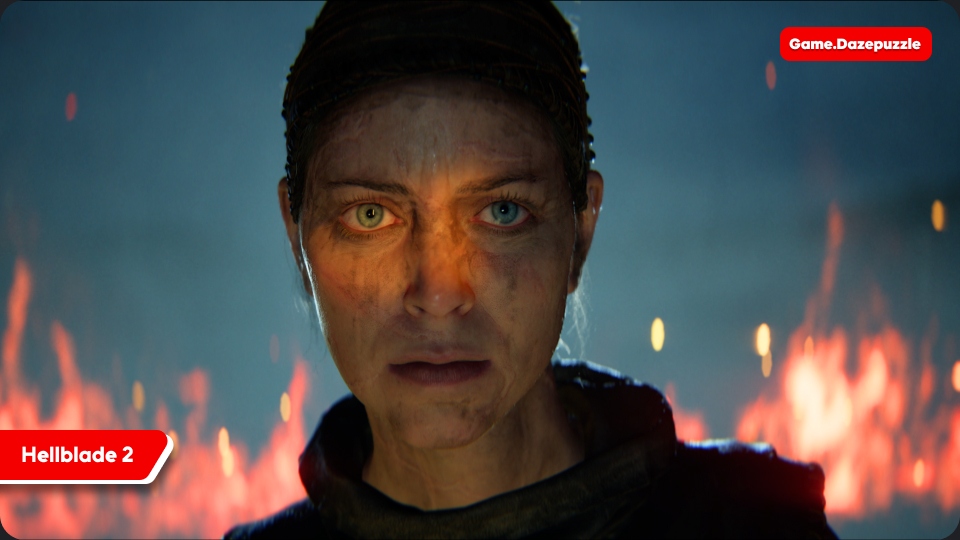
The facial animations are where Hellblade II shines brightest. Senua’s eyes, filled with pain, fear, and resolve, tell a story without words. Every wrinkle, tear, and fleeting expression is captured with photorealistic detail, thanks to advanced performance capture. Even secondary characters, like villagers or enemies, move with a weight and authenticity that make the world feel lived-in. The game’s use of dynamic lighting and environmental interactions, like Senua’s cloak rippling in the wind, adds to the immersion. Hellblade II’s animations don’t just look real; they make you feel Senua’s torment and triumph.
2. Max Payne 3
Bullet-Time Ballet
Max Payne 3 (2012) is a gritty, cinematic masterpiece that still holds up for its jaw-dropping animations. Rockstar’s take on the washed-up detective leans heavily on the Euphoria engine, which blends motion capture with real-time physics to create some of the most dynamic gunfights in gaming. Max’s signature bullet-time dives are a thing of beauty, watch him crash through a window, roll across the floor, and keep firing, all while his body reacts naturally to the environment. Enemies don’t just die; they stumble, clutch wounds, or collapse in ways that feel painfully real.
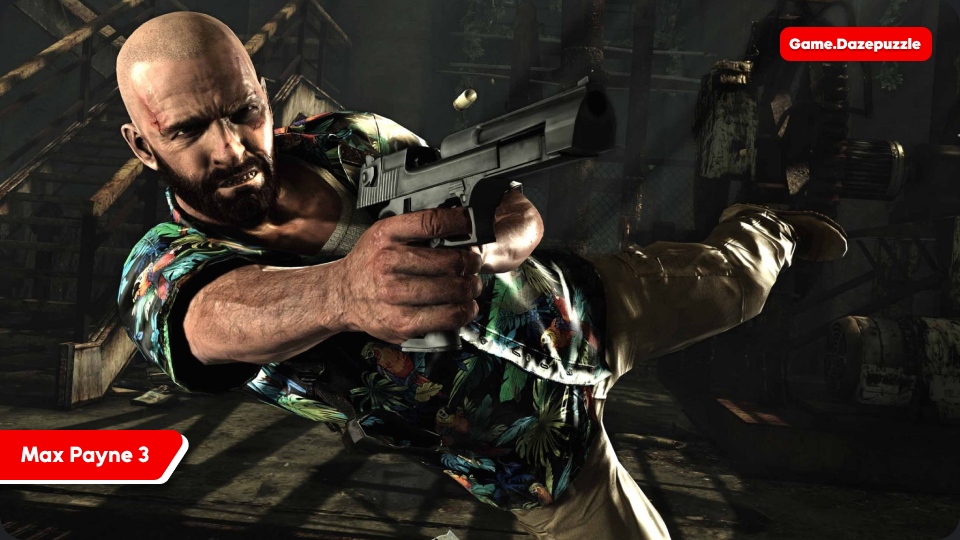
Beyond the action, Max’s animations carry the weight of his broken life. His sluggish walk, the way he rubs his neck, or how he grimaces while reloading, all these details paint a picture of a man barely holding it together. The facial animations, while not as advanced as modern titles, still convey Max’s despair and sarcasm with every scowl and quip. The game’s São Paulo setting comes alive with bustling crowds and dynamic weather, making every shootout feel like a scene from a blockbuster. Max Payne 3’s animations turn chaos into art.
1. The Last of Us Part II
The Pinnacle of Realism
Naughty Dog’s The Last of Us Part II (2020) is the gold standard for realistic animations, pushing the PS4 to its limits and setting a benchmark for the industry. Ellie and Abby’s movements are so lifelike they feel like extensions of the player. Whether Ellie’s crawling through grass, reloading a shotgun, or grappling with an enemy, every action is fluid and context-sensitive. The game’s motion capture captures the smallest details, Ellie’s fingers adjust on a weapon, her shoulders tense during stealth, and her body reacts to every hit with visceral realism.
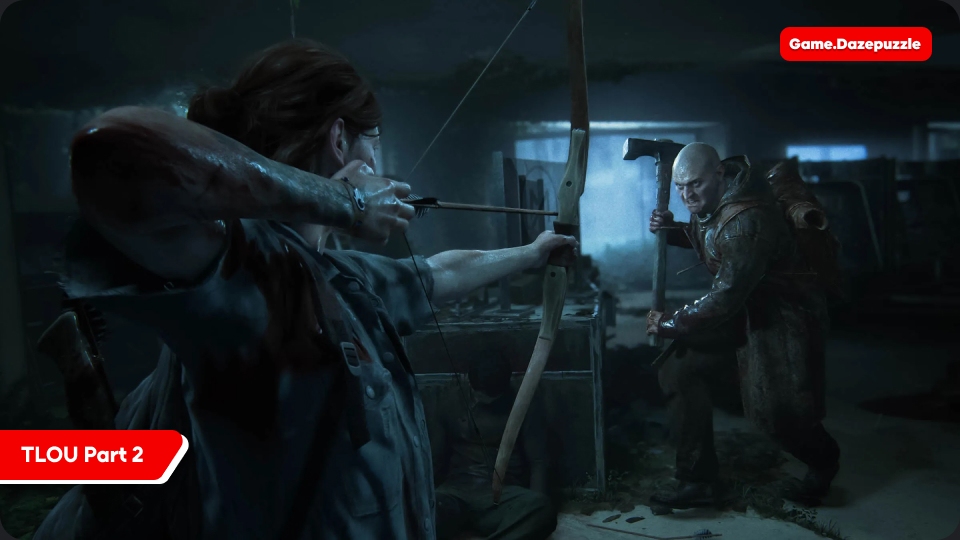
The facial animations are where The Last of Us Part II truly shines. Ellie’s eyes convey a rollercoaster of emotions, fear, rage, grief, and hope, often without a word. Cutscenes feel like live theater, with characters’ expressions and body language carrying the weight of the story. Even enemies have unique animations, from panicked retreats to desperate last stands, making every encounter feel human. The world itself is alive, with dynamic weather, swaying foliage, and physics-based interactions that ground the post-apocalyptic setting. The Last of Us Part II doesn’t just animate characters; it makes you feel their pain, their fight, and their humanity.
Why These Games Matter
These 10 games show how far animation has come, from the rotoscoped roots of Prince of Persia to the photorealistic depth of The Last of Us Part II. Each title pushed the tech of its time, whether through motion capture, physics-based systems, or sheer attention to detail. But it’s not just about looking good, realistic animations make you connect with characters and worlds on a deeper level. They make you believe in the story, feel the weight of every action, and lose yourself in the game. Whether you’re a retro fan or chasing the latest AAA blockbuster, these games prove that animation is the heartbeat of immersive gaming.
Thanks for keeping up with Game.Dazepuzzle.com

